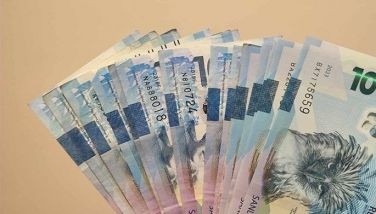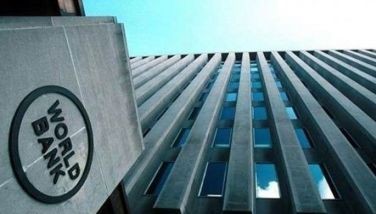GTEB gets clearance to negotiate for access to EU garments market

October 29, 2001 | 12:00am
The Cabinet-level Trade and Related Matters (TRM) committee has given its go signal for the Garments and Textile Export Board (GTEB) to start negotiations with the European Union for access to the EU garments market.
Trade and Industry Secretary Manuel Roxas II said the EU had expressed willingness to remove quotas on Philippine-made garments in exchange for a commitment from the Philippines to bind its current tariff rates on 231 apparel lines, including some textiles and carpets.
The Philippines and the EU will have to enter into a bilateral textile agreement.
By "binding," the Philippines would peg its tariff rates at present levels. The "bound" rate is different and normally higher than the "applied" rate. For example, the bound rate for apparel is 36 percent while the applied rate is actually lower at 20 percent.
The danger with binding the tariff rate is that it would apply for all other countries and not only to EU member countries.
Roxas said public hearings and consultations were conducted with the participation of industries affected, the GTEB, Garment Buyers Association of the Philippines (GBAP), the Confederation of Garment Exporters of the Philippines (CONGEP) and the Textile Manufacturers Association of the Philippines (TMAP).
The GBAP, CONGEP and TMAP have expressed caution about such an agreement.
Roxas said gaining access to the EU market would be beneficial for the Philippines especially since the present quota system for the US and EU is scheduled to end four years from now in the year 2005.
The EU, Roxas added, would provide an opportunity for local manufacturers to access more markets.
Trade and Industry Secretary Manuel Roxas II said the EU had expressed willingness to remove quotas on Philippine-made garments in exchange for a commitment from the Philippines to bind its current tariff rates on 231 apparel lines, including some textiles and carpets.
The Philippines and the EU will have to enter into a bilateral textile agreement.
By "binding," the Philippines would peg its tariff rates at present levels. The "bound" rate is different and normally higher than the "applied" rate. For example, the bound rate for apparel is 36 percent while the applied rate is actually lower at 20 percent.
The danger with binding the tariff rate is that it would apply for all other countries and not only to EU member countries.
Roxas said public hearings and consultations were conducted with the participation of industries affected, the GTEB, Garment Buyers Association of the Philippines (GBAP), the Confederation of Garment Exporters of the Philippines (CONGEP) and the Textile Manufacturers Association of the Philippines (TMAP).
The GBAP, CONGEP and TMAP have expressed caution about such an agreement.
Roxas said gaining access to the EU market would be beneficial for the Philippines especially since the present quota system for the US and EU is scheduled to end four years from now in the year 2005.
The EU, Roxas added, would provide an opportunity for local manufacturers to access more markets.
BrandSpace Articles
<
>
- Latest
- Trending
Trending
Latest























